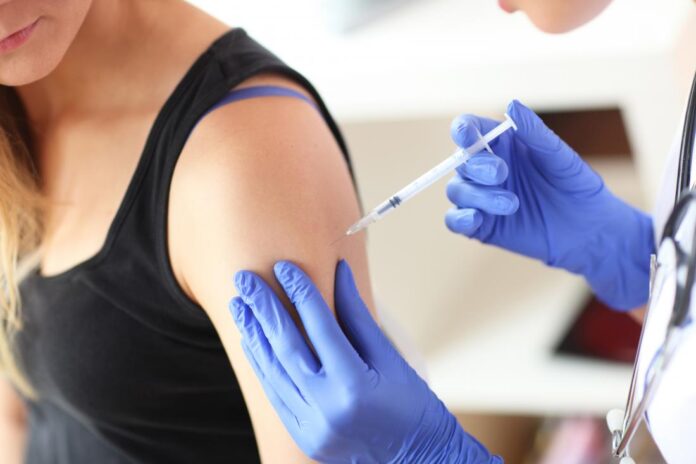Hay fever affects millions of people worldwide, causing uncomfortable symptoms like sneezing, a runny nose, and itchy eyes during allergy seasons. While antihistamines and nasal sprays provide temporary relief, many people seek longer-term solutions to manage their allergic reactions. Allergy shots, also known as allergen immunotherapy, offer a treatment approach that may help reduce the severity of hay fever symptoms over time.
Understanding Allergy Shots
Allergy shots function through a process called desensitization, which gradually trains the immune system to become less reactive to specific allergens. The treatment involves injecting small amounts of purified allergens into the patient’s arm on a regular schedule. They are more effective, as they treat the problem directly at the source.
During the initial phase, patients receive very small doses of the allergens that trigger their hay fever symptoms. These might include tree pollen, grass pollen, or ragweed, depending on what causes their specific allergic reactions. Over time, healthcare providers gradually increase the concentration and amount of allergens in each injection.
The immune system responds to these controlled exposures by developing tolerance to the allergens. This process helps reduce the intensity of allergic reactions when patients encounter these substances naturally in their environment. The body learns to recognize these allergens as less threatening, which can lead to fewer and milder symptoms during allergy seasons.
Exploring the Treatment Process
Allergy shot treatment typically occurs in two distinct phases: the build-up phase and the maintenance phase. Each phase serves a specific purpose in the desensitization process. The build-up phase usually lasts three to six months, during which patients receive injections one to three times per week. Healthcare providers start with extremely diluted allergen solutions and gradually increase the strength with each visit. This phase requires frequent appointments to monitor the patient’s response and adjust dosages accordingly.
The maintenance phase begins once patients reach their target dose, which is the highest concentration they can tolerate without significant side effects. During this phase, patients typically receive injections every two to four weeks. The maintenance phase generally continues for three to five years to achieve optimal results.
Patients often begin noticing symptom improvement during the first year of treatment, though some may experience benefits sooner. The full effects of allergy shots typically become apparent after one to two years of consistent treatment. Regular monitoring by healthcare providers helps track progress and make necessary adjustments to the treatment plan.
Managing Symptoms
Allergy shots can lead to significant improvements in hay fever symptoms for many patients. Research shows that immunotherapy may reduce symptom severity by 60 to 80 percent in people who complete the full treatment course.
Common improvements patients report include reduced frequency and intensity of sneezing fits, decreased nasal congestion, and less severe eye irritation during peak allergy seasons.
The treatment may also help prevent the development of new allergies and reduce the risk of allergic asthma in some patients. Some people experience lasting benefits even after completing their full course of allergy shots. Others may need occasional maintenance injections to sustain their improved symptom control.
Find a Qualified Immunologist
Individuals experiencing persistent hay fever symptoms should discuss immunotherapy options with qualified healthcare providers. Proper evaluation can determine if allergy shots are appropriate based on specific allergen sensitivities, symptom patterns, and overall health status. With proper medical guidance, allergy shots may provide lasting relief from bothersome hay fever symptoms.

